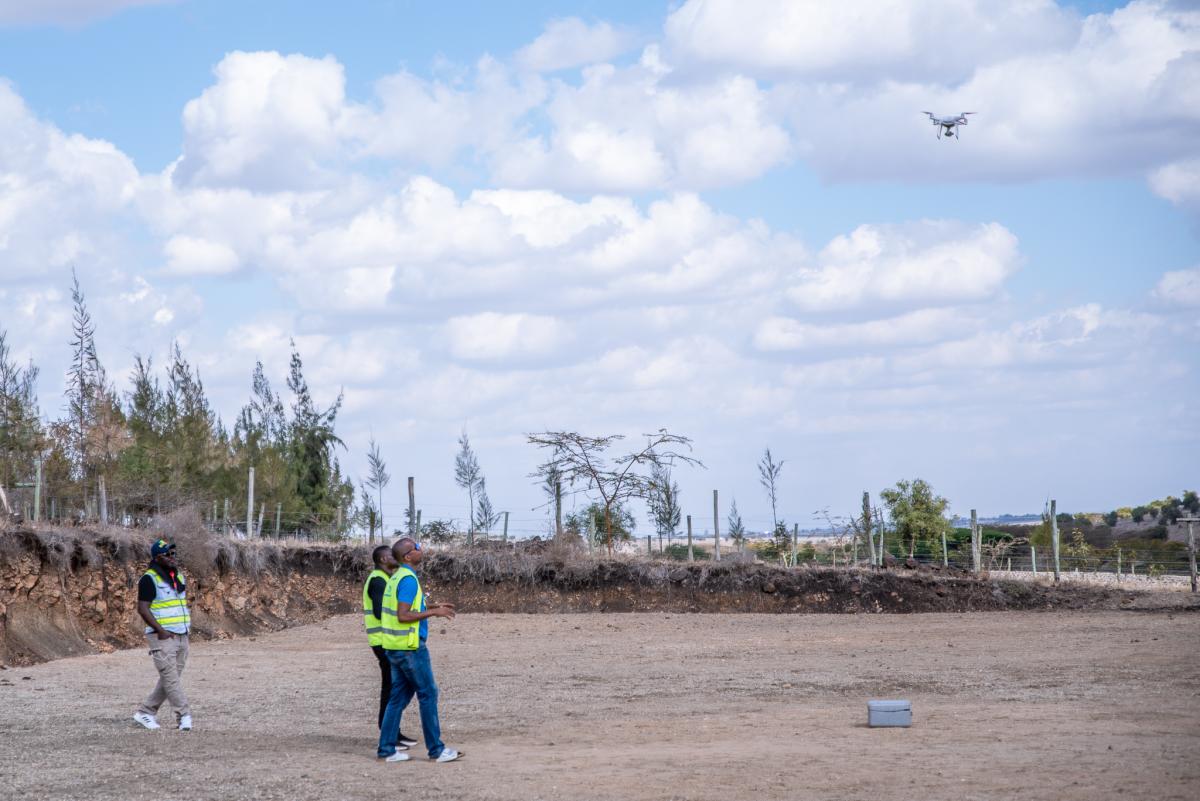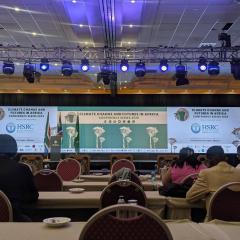
Emerging Technologies, Shared Responsibility: Bridging Innovation and Regulation
September 19th, 2025

Technology is not a thing unto itself. Every line of code, every piece of hardware changes the world not in abstraction but in the quiet, everyday lives of people. When we talk about technology, we are really talking about human beings. And when we talk about human beings, we must also talk about government.
Governments, for all their flaws, are society’s stewards. They exist to balance the delicate dance between the aspirations of individuals and the needs of the collective. Through laws and regulations, governments exercise their mandate to decide what is permissible and what is not, wielding the power to ensure that technology helps rather than harms. Necessarily, their wheels turn slowly. And therein lies the rub: the deliberate pace of governance often feels like a poor match for technological advancement, which tends to sprint rather than stroll.
At the same time, global challenges do not pause to accommodate our slow march towards regulatory clarity. They move relentlessly, demanding solutions that are swift yet sustainable, that can be implemented before the cracks they create deepen and swallow more lives. Consider climate change, a snowball careening downhill, growing in size and speed with every passing moment. We find ourselves in the seemingly impossible race to outrun it, to somehow slow its momentum, to halt its descent before it crashes into the unsuspecting village below.
How, then, do we reconcile these two rhythms — the careful steps of bureaucracy and the speedy ones of innovation? The answer lies, unsurprisingly, in collaboration. Here we do not mean the kind that appears only in policy briefs or press releases, but the kind that is often rather messy. True collaboration, requiring us to show up, listen, and build trust.
Developing relationships with government agencies is important because it can be the difference between starting from scratch and progressing to a project’s long-term results.
— Kimberly Rojas, Coordinator, Peru Flying Labs
In many parts of the Global South, the relationship between regulators and innovators is marked by silence where dialogue should exist. Drone users — farmers, researchers, educators, urban planners, entrepreneurs, aid workers — find themselves navigating the murky waters of rules written without their input. And Civil Aviation Authorities (CAAs), often steeped in manned aviation traditions, struggle to keep pace with this new unmanned technology.
It is into this gap that WeRobotics and Flying Labs step to co-create safer drone ecosystems. In their local communities, Flying Labs take on the role of educators, demystifying drone regulations and guiding the public toward compliance. With their technical expertise and local knowledge, they bring the concerns of drone users to the table, giving regulators a clearer view of what is happening on the ground. Flying Labs’ collaboration with local authorities is a key part of the sustainability of the Network, as they take the time to build trust with community leaders. Meanwhile, WeRobotics, with our global perspective, becomes a thread tying it all together, serving as a connector, facilitator, and partner in learning.
In this weaving of relationships, understanding flows both ways. Regulators get to see the human stories that should inform the policies; innovators find room to align their work with the greater good. Together, they move towards a vision of technology that is not only advanced but also deeply rooted in the needs of the local communities.
This vision underpins the Flying Labs Drone Regulations Engagement Framework, co-designed by WeRobotics, Namibia Flying Labs, and Deloitte D2international. It is a tool created to equip Flying Labs with the insight and structure to navigate their local regulatory landscapes. Through this framework, Flying Labs can analyze existing regulations, identify challenges, draw lessons from other countries, and propose solutions that are as practical as they are forward-thinking.
Establishing a learning relationship between the authorities and drone users is a critical piece to this puzzle as sharing knowledge is a vital part of growth within any ecosystem.
— Virginie Uwimana, Coordinator, Namibia Flying Labs
Our methodology serves a single, vital purpose: to create spaces where regulators and innovators can meet, not as adversaries, but as collaborators. In these spaces, ideas are exchanged, trust is built, and the foundation for people-centred, tech-driven development is laid. In Kenya and in Togo, our co-creation workshops aimed at implementing our framework have already made significant strides.
This work is not without its challenges. Bureaucracy resists change. Political transitions and instability disrupt progress. Communication remains cumbersome. Yet, there is no getting around it. The task is enormous, but it is necessary. Every connection made, every regulation clarified, is a step towards a more sustainable future.
If governments and innovators can find common ground, they can develop regulations that are not only effective but alive — responsive to the people and the technologies they serve. After all, the goal is not just to keep pace with innovation but to ensure that its benefits ripple outward, touching lives in ways that are safe, meaningful, and just.
If you are interested in bringing our approach to regulatory advancement to your country, reach out to us. We would love to have a conversation. And to stay up to date on our work amplifying the Power of Local, subscribe to our email newsletter.
Recent Articles

